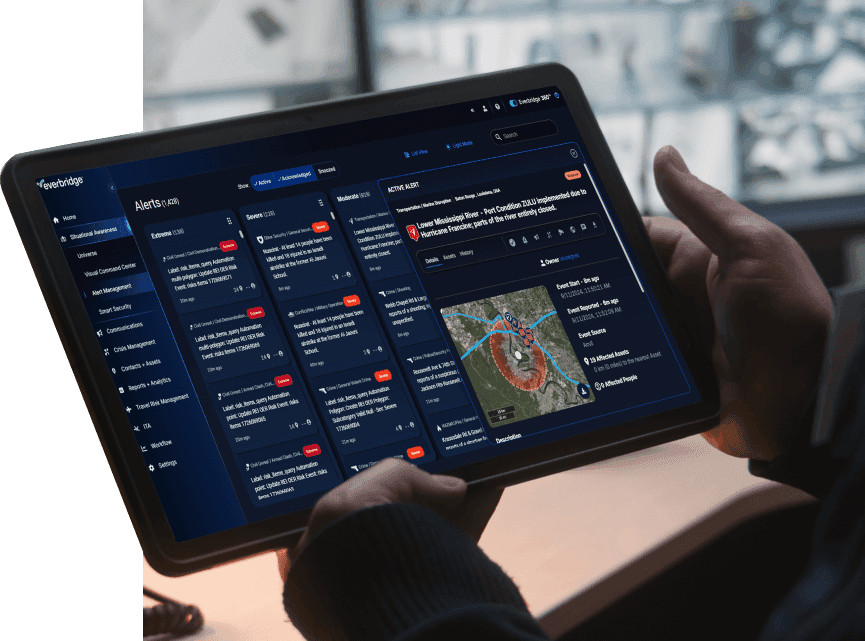Today’s Chief Security Officer plays a central role in enterprise risk, operational continuity, digital disruption, and brand trust. The CSO role isn’t just about securing buildings or managing incident response. It’s about enabling business outcomes.
At a time when high-velocity disruptions are accelerating – from cyber incidents and insider threats to civil unrest and geopolitical volatility – security leaders are uniquely positioned to shape strategic conversations, not just respond to them. We’re not just protecting the business anymore. We’re helping move it forward.
The modern CSO is a business enabler. And we need to start talking about security that way.
Why it matters
Every executive understands what happens when the business slows down, when customers are affected, or when employees are at risk. But not every executive sees the link between security strategy and business outcomes…yet. That’s where we, as CSOs and security leaders, have a responsibility to lead differently. It’s not just about reducing risk. It’s about enabling continuity, supporting growth, and protecting what drives the bottom line: people, operations, and trust.
The organizations that are most successful in navigating disruption are the ones where the CSO has a seat at the executive table, not just the response table. They speak the language of impact. They bring data, not just alerts. And they connect security decisions to business priorities – speed to market, reputation, customer experience, shareholder value. That’s how we shift from being perceived as tactical to being recognized as strategic.
What that looks like in practice
A modern CSO does more than manage crises. They:
- Bring situational intelligence to the boardroom, giving execs context, not just notifications.
- Champion full lifecycle automation and real-time response as drivers of resilience, not just technical upgrades.
- Collaborate across departments to break silos between physical security, IT, continuity, and HR.
- Use security programs to protect customer trust, preserve revenue, and support compliance.
- Help shape the business case for investing in scalable, intelligent platforms that allow organizations to respond faster, and recover stronger.
Helping the C-Suite see the bigger picture
If you’re trying to bring your CEO, COO, or CFO into the conversation earlier, start by shifting the conversation from what happened to what could happen if we’re not ready. Frame the discussion around how your team’s ability to plan, monitor, alert, respond, and improve can drive outcomes that matter most to the business. Don’t talk about alerts. Talk about uptime. Don’t just share incident reports. Show how your team reduced downtime, accelerated decision-making, or protected brand equity during a crisis.
This is where data helps. Metrics that speak in the language of cost avoidance, reduced time to resolution, and risk mitigation help frame security investments as business enablers – not expenses.
Where Everbridge fits in
At Everbridge, we work with security leaders around the world who are moving fast to modernize their posture and expand their influence. These leaders don’t want another dashboard. They want outcomes: faster decisions, stronger alignment across teams, and clarity when it matters most. That’s why High Velocity CEM (Critical Event Management) is at the core of what we do – empowering organizations to respond swiftly and effectively to critical events, ensuring resilience and operational continuity.
That’s why we built our platform to help CSOs move from awareness to action, from disruption to decision. And we continue to invest in capabilities like Purpose-built AI and full-lifecycle automation that turn security strategy into enterprise strategy.
Final thought
Security has always been essential. But now, it’s strategic. The CSOs who lead with that mindset, who step up to shape the conversation instead of waiting to be invited, will be the ones who help their organizations not just survive disruption, but thrive in the face of it. Let’s stop treating security like a support function. It’s time to lead.


